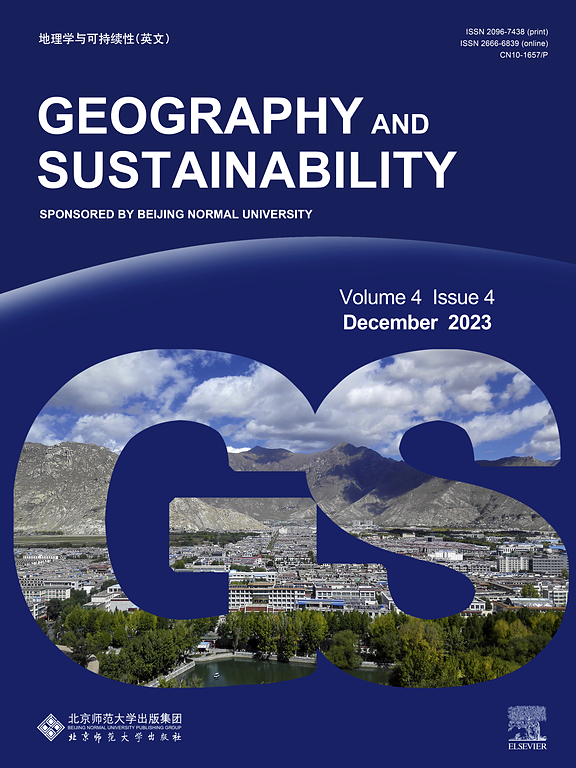Integrating species diversity, ecosystem services, climate and ecological stability helps to improve spatial representation of protected areas for quadruple win
IF 8
1区 环境科学与生态学
Q1 GEOGRAPHY, PHYSICAL
引用次数: 0
Abstract
Establishing and maintaining protected areas is a pivotal strategy for attaining the post-2020 biodiversity target. The conservation objectives of protected areas have shifted from a narrow emphasis on biodiversity to encompass broader considerations such as ecosystem stability, community resilience to climate change, and enhancement of human well-being. Given these multifaceted objectives, it is imperative to judiciously allocate resources to effectively conserve biodiversity by identifying strategically significant areas for conservation, particularly for mountainous areas. In this study, we evaluated the representativeness of the protected area network in the Qinling Mountains concerning species diversity, ecosystem services, climate stability and ecological stability. The results indicate that some of the ecological indicators are spatially correlated with topographic gradient effects. The conservation priority areas predominantly lie in the northern foothills, the southeastern, and southwestern parts of the Qinling Mountain with areas concentrated at altitudes between 1,500–2,000 m and slopes between 40°–50° as hotspots. The conservation priority areas identified through the framework of inclusive conservation optimization account for 22.9 % of the Qinling Mountain. Existing protected areas comprise only 6.1 % of the Qinling Mountain and 13.18 % of the conservation priority areas. This will play an important role in achieving sustainable development in the region and in meeting the post-2020 biodiversity target. The framework can advance the different objectives of achieving a quadruple win and can also be extended to other regions.

整合物种多样性、生态系统服务、气候和生态稳定性有助于改善保护区的空间代表性,实现四赢
本文章由计算机程序翻译,如有差异,请以英文原文为准。
求助全文
约1分钟内获得全文
求助全文
来源期刊

Geography and Sustainability
Social Sciences-Geography, Planning and Development
CiteScore
16.70
自引率
3.10%
发文量
32
审稿时长
41 days
期刊介绍:
Geography and Sustainability serves as a central hub for interdisciplinary research and education aimed at promoting sustainable development from an integrated geography perspective. By bridging natural and human sciences, the journal fosters broader analysis and innovative thinking on global and regional sustainability issues.
Geography and Sustainability welcomes original, high-quality research articles, review articles, short communications, technical comments, perspective articles and editorials on the following themes:
Geographical Processes: Interactions with and between water, soil, atmosphere and the biosphere and their spatio-temporal variations;
Human-Environmental Systems: Interactions between humans and the environment, resilience of socio-ecological systems and vulnerability;
Ecosystem Services and Human Wellbeing: Ecosystem structure, processes, services and their linkages with human wellbeing;
Sustainable Development: Theory, practice and critical challenges in sustainable development.
 求助内容:
求助内容: 应助结果提醒方式:
应助结果提醒方式:


